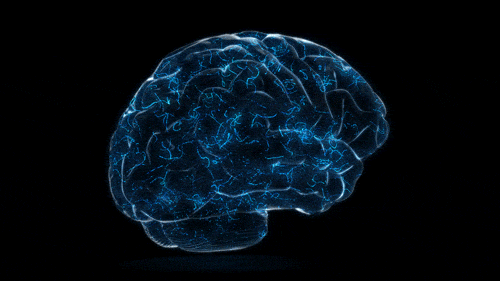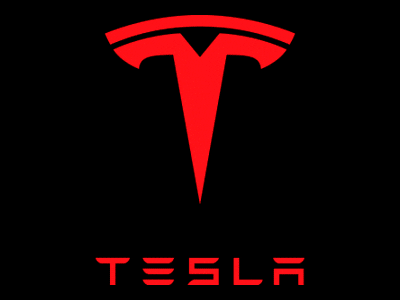Hello everyone,
This article contains information about neural networks and the industry use case of neural networks.
So let's get started
Neural Networks
 In simple terms, we can say that Neural Network is one kind of algorithm that solves the real-world problem, and almost all companies in the world use Neural Networks, So let's understand Neural Network but first, we need to understand:
In simple terms, we can say that Neural Network is one kind of algorithm that solves the real-world problem, and almost all companies in the world use Neural Networks, So let's understand Neural Network but first, we need to understand:
- Why we use an algorithm like Neural Network when we have already an algorithm like Sklean in machine learning that is also used to solve real-world problems?
Sklearn is a traditional algorithm that helps to create a model for Regression and Binary Classification and the limitation of the Sklearn library is that it was created long back when data was limited. In earlier datasets, we have limited observation like 10k records of a few MB's but nowadays there is BigData of thousands of data size or more and to make data predict the accurate weight and bias we need to provide maximum data to the model but Sklearn is not designed to work on BigData because it works on limited records.
Sklearn was designed purely based on statistical analysis which is the old way of analysis that can accommodate only limited data there we needed to create a new algorithm that can work on BigData and that algorithm is called Neural Network.
The main reason behind the creation of Neural Network is to find the feature as it performs auto feature selection. Neural Network auto eliminates the feature that is not required and in Sklearn we need to feature selection manually.
Feature selection is the process of finding the right feature that will help to create a model.
Neural networks can solve almost all kinds of use-cases. According to data scientist, the best way to solve the problem is using the approach which is already tested and actually exist in nature and moto is to train machine in such a way that it can work like the brain. The brain is using a certain type of algorithm which comes from nature, to learn from a nearby observation. More brain learn more brain becomes intelligent and if the same algorithm we try to make for a machine then machine we learn and become accurate.
Data scientists are trying to mimic the human brain with the machine, inside our brain there are millions of small objects called neurons connected with each other forming networks from here the term came to Neural Network.
Use Case of Neural Network
- Google Search Engine

Google Search Engine uses 30 layers deep Artificial Neural Network. This depth of layers, Google believes, allows the search engine to process complicated searches such as shapes and colors. Using an Artificial Neural Network allows the system to constantly learn and improve. This allows Google to constantly improve its search engine. Within a few months, Google was already noticing improvements in search results. The company reported that its error rate had dropped from 23% down to just 8%. Google’s application shows that neural networks can help to improve search engine functionality. Similar Artificial Neural Networks can be applied to the search feature on many e-commerce websites. This means that many companies can improve their website search engine functionality. This allows customers with only a vague idea of what they want to easily find the perfect item. Amazon has reported sales increases of 29% following improvements to its recommendation systems.
- Facial Recognition software

Facebook is one of the companies that uses Artificial Neural Network for developing reliable facial recognition software. For a number of years now they have been using facial recognition technology to auto-tag uploaded photographs. They have also developed DeepFace.
- Tesla

Tesla uses Neural Network in the camera to analyze the images. Tesla's per-camera networks analyze raw images to perform semantic segmentation, object detection, and monocular depth estimation. Tesla's birds-eye-view networks take video from all cameras to output the road layout, static infrastructure, and 3D objects directly in the top-down view. Tesla's networks learn from the most complicated and diverse scenarios in the world, iteratively sourced from our fleet of nearly 1M vehicles in real-time. A full build of Autopilot neural networks involves 48 networks that take 70,000 GPU hours to train 🔥. Together, they output 1,000 distinct tensors (predictions) at each timestep.
